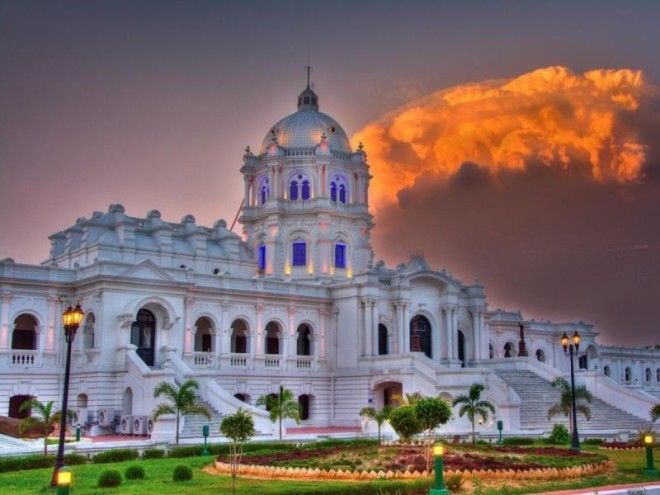Each is magnificent in its own way — whether it's the bright colors, archways and domes, or beautiful gardens.
Many of the palaces are still the official residences of royal families, while others have been turned into luxury hotels.
From the famous Mysore Palace to the floating Jal Mahal, here are some of the country's most stunning palaces.
The Sheesh Mahal (Palace of Mirrors) is the best-known part of Jaipur's Amber Fort. Paintings and flowers carved from glass cover the walls and ceilings, giving the palace its name.
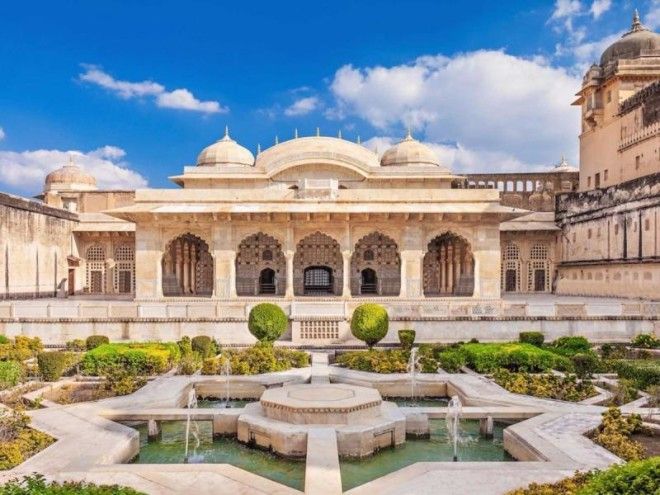
The intricate design of the five-story Hawa Mahal, or Palace of the Winds, in Jaipur was meant to allow royal women to watch street festivities from the confines of the palace, since they weren't allowed in public.
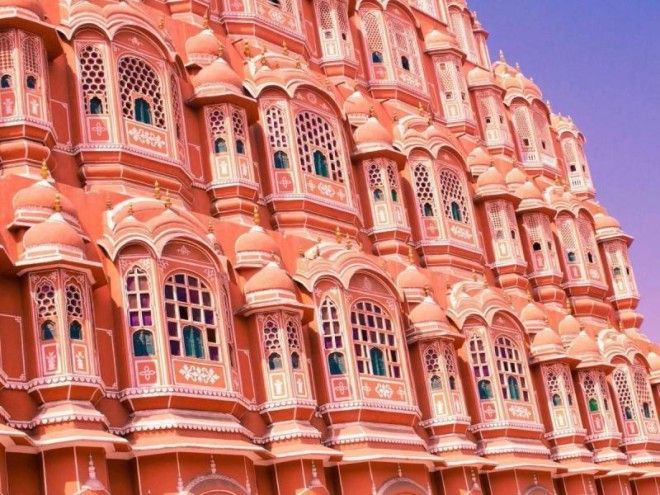
Udaipur's City Palace is a complex of 11 majestic palaces complete with gardens, gates, courtyards, terraces, and corridors that are situated on the banks of Lake Pichola.

The Mysore Palace is still the official residence and seat of the Wodeyars, the Maharajas of Mysore, which is located in Karnataka in southern India. The palace was completed in 1912 and is a blend of multiple styles of architecture: Hindu, Muslim, Rajput, and Gothic.

Mysore is most impressive when it's lit up at night.

A stunning architectural masterpiece constructed of white marble, the Taj Mahal is India's most well-known monument and houses the tomb of the wife of a former Mughal emperor. The Taj Mahal's reflection in the water in front of it is arguably as breathtaking as the structure itself.
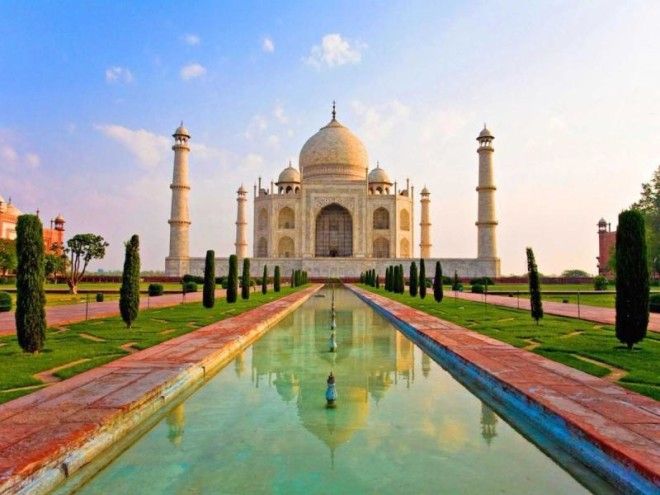
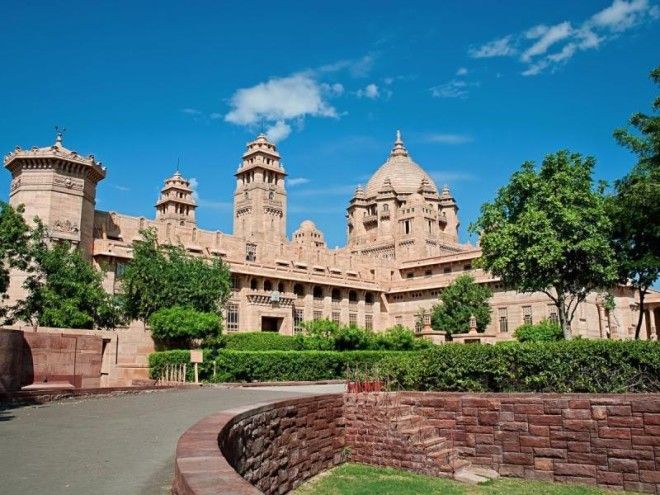
Otherwise known as the Water Palace, the Jal Mahal looks as if it's floating in the middle of the Sagar River in Jaipur — it actually continues four stories under the water's surface. Once a shooting lodge for the Maharajah, the majestic palace is now being turned into a high class exclusive restaurant, which means it's unfortunately not open to visitors.
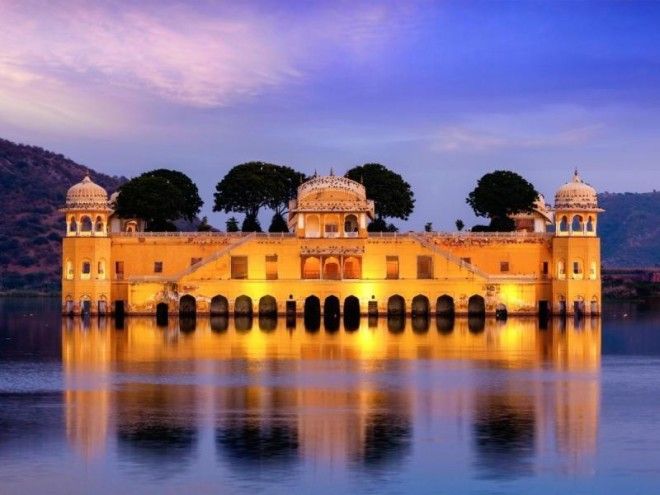
Fatehpur Sikri translates to the city of victory. Built by the Mughal emperor in the 16th century as the capital of the empire — and then later abandoned due to water shortage — the complex of temples, palaces, and monuments is made entirely of bright red sandstone.

Built in the 18th century by the ruler of Amer, a city that's now part of Jaipur, the City Palace has since been added on to by multiple rulers.
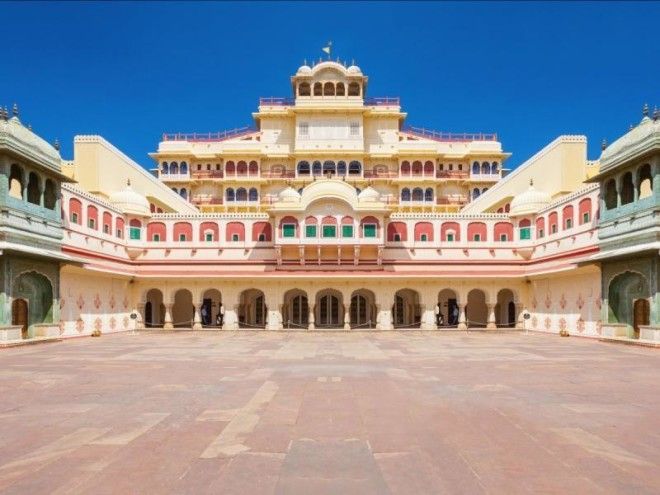
Within the City Palace, there are other palaces: the Chandra Mahal — now a museum — and the Mubarak Mahal.
Advertising
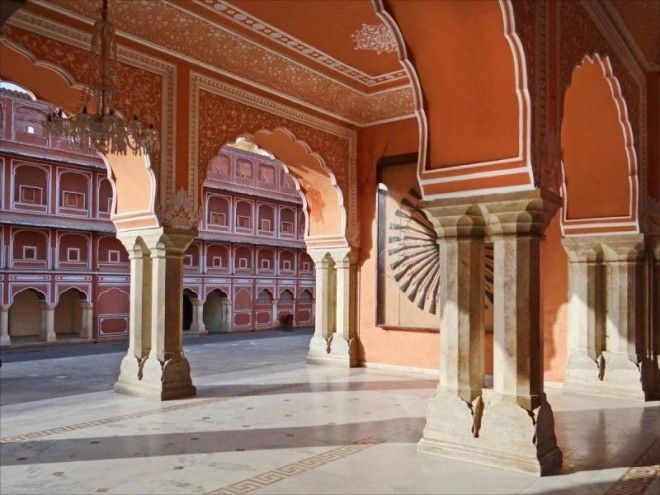
Built in the city of Hyderabad in the late 19th century during the rule of the Nizams, Chowmahalla Palace was the place where the family entertained their guests.

The Nizams were part of the Asaf Jahi Dynasty, a dynasty that lasted all the way till 1948.
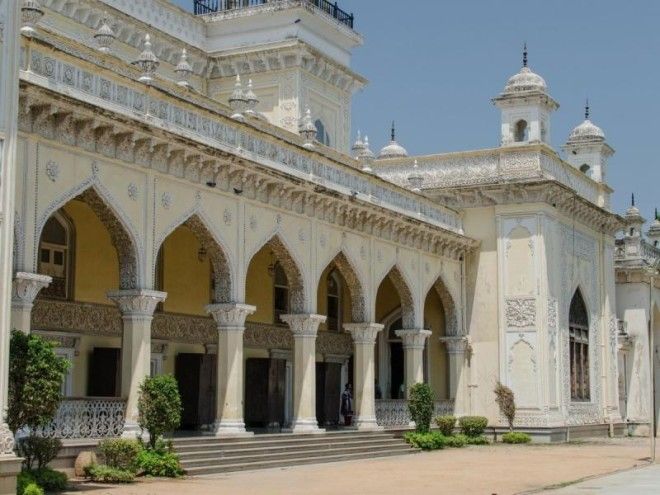
The Laxmi Vilas Palace is one of the most grand in Vadodara — formerly known as Baroda — a city that sits in the Western state of Gujarat. Vadodara's royal family still resides here.

It cost 6 million rupee to build the palace, which boasts gardens, a golf course, and a magnificent interior filled with chandeliers, artwork, and mosaics.

The Bangalore Palace is located in the southwestern state of Karnataka and is owned by the same family who owns the Mysore Palace.

It's built in the Tudor style, making it an interesting landmark that contrasts with many of the other buildings around it.
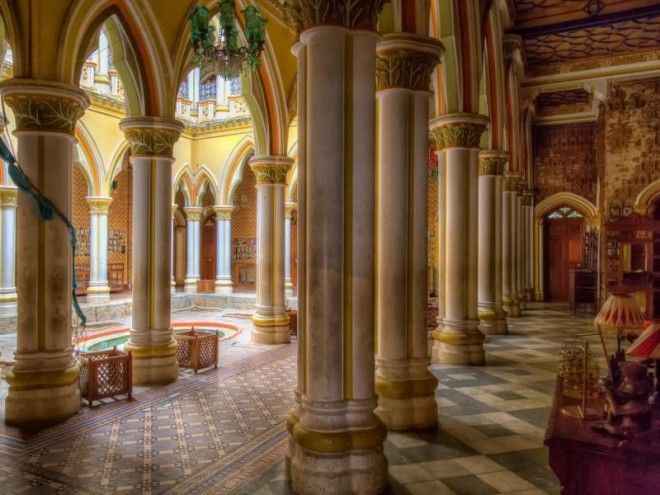
Originally built in 1835 for the Queen of Jaipur's favorite handmaiden, the Rambagh Palace was later renovated as a royal guesthouse and hunting lodge and renamed after the reigning Maharaja at the time: Sawai Ram Singh II. It's now a luxury hotel.

A 17th-century palace turned luxury hotel, the Jagmandir Palace sits on its own island in Lake Pichola in Udaipur. Guests are ferried to the palace, which is often referred to as a "garden of heaven."

Often referred to as Agartala’s centrepiece, the Ujjayanta Palace was built in 1901 by the 182nd maharaja of Tripura, a state in northeastern India. The only part of the palace that's open to visitors is the museum inside the palace, which houses cultural artifacts and memorabilia.
